Meissen

Home | Hamburg | Lauenberg | Tangermünde | Berlin | Wittenberg | Torgau | Meissen | Dresden | Saxony | Prague
Our first stop was at the Meissen porcelain factory. Meissen porcelain or Meissen china is the first European hard-paste porcelain that was developed in 1708. The production of porcelain at Meissen, near Dresden, started in 1710 and attracted artists and artisans to establish one of the most famous porcelain manufacturers, still in business today.

The first exhibit was of a potter working with the clay. He threw a pot on the wheel to demonstrate that method.

Porcelain of this quality is usually formed in molds, which were demonstrated here. Note the clay object near his left hand.

In the rear is the clay from which the first pot was thrown. In the foreground is an example of two molded objects which have been placed together, the face and the object we saw in the previous photo.
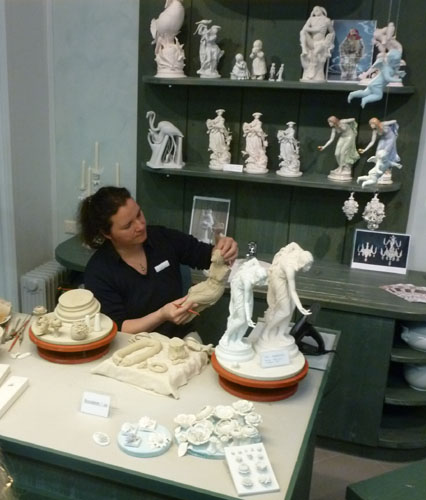
In the next room we saw a demonstration of the trimming of the molded object to eliminate seams formed by the molds.

In the next room we saw a demonstration of painting of glaze on plates which had been fired once. The plates on the wall show different stages of painting glaze.
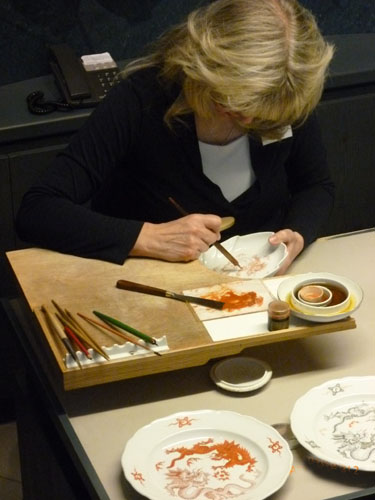
A closeup of the the work.

Examples of the porcelain at different phases of the process.

Articles for sale, the napkin rings at the bottom for 79€ ($104), cups for 167€ ($220), small flowered pitcher for 1,127€ ($1,490.)

They had a great museum of different art objects they have formed in porcelain.

Some are very unususal.

This is in tribute to the United States.
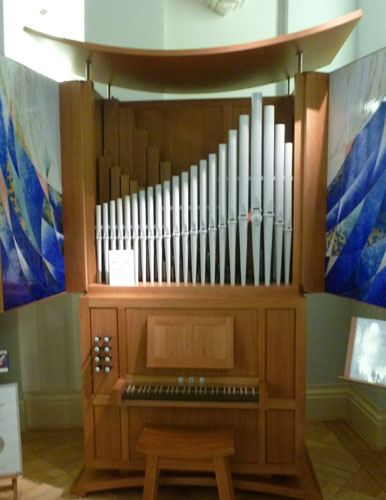
This is an organ with porcelain pipes for the 2' flute rank.

The town hall is on one side of the main square.
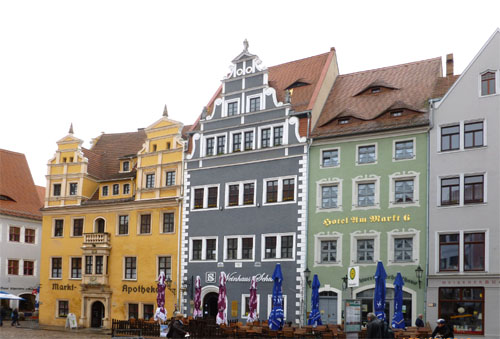
These buildings are on the other side of the square.
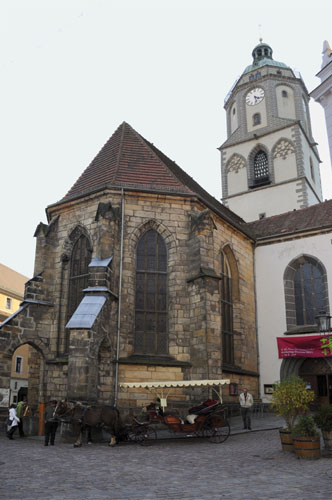
On a corner of the main square was the Frauenkirche. This church was first mentioned in a 1205 deed issued by Bishop Dietrich II and after a blaze about 1450 rebuilt in the Late Gothic style of a hall church. In its tower can be seen the world's first porcelain carillon, manufactured in 1929 on the occasion of the town's 1000-years-jubilee.

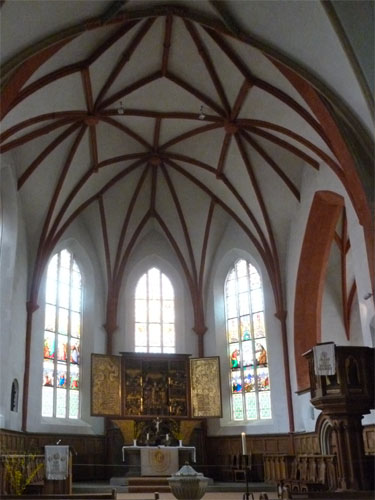
The Frauenkirche interior.

After lunch, Don and Elizabeth decided to climb the hill to see the 13th century Gothic Meissen Cathedral.
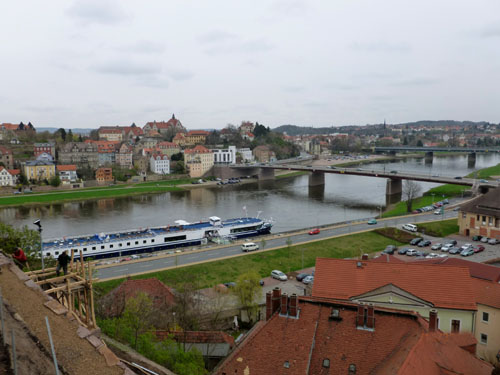
From there we had a beautiful view of the Elbe, the ship, and part of the town.
The Meissen Cathedral from the exterior and the interior.



Next to the church were buildings of the Albrechtsburg Castle. Built between 1472 and 1525, it is a fine example of late Gothic style. It was redecorated in the 19th century with a range of murals depicting Saxon history. Today the castle is a museum.
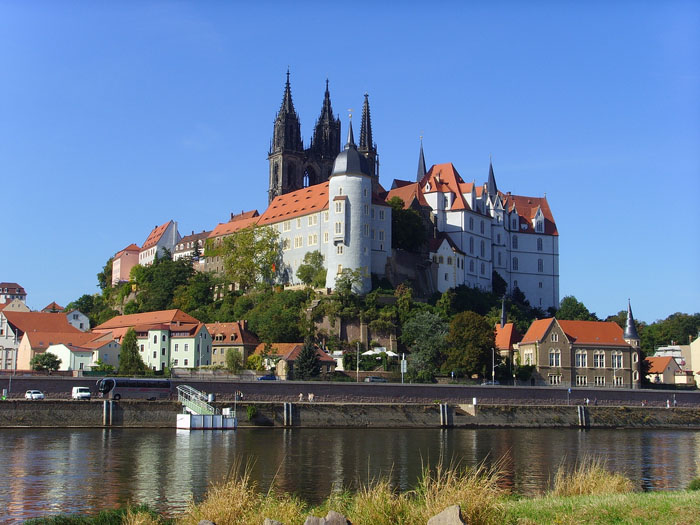
A Wikipedia photo of the castle and cathedral to remember Meissen by.
Next we sail to Dresden.